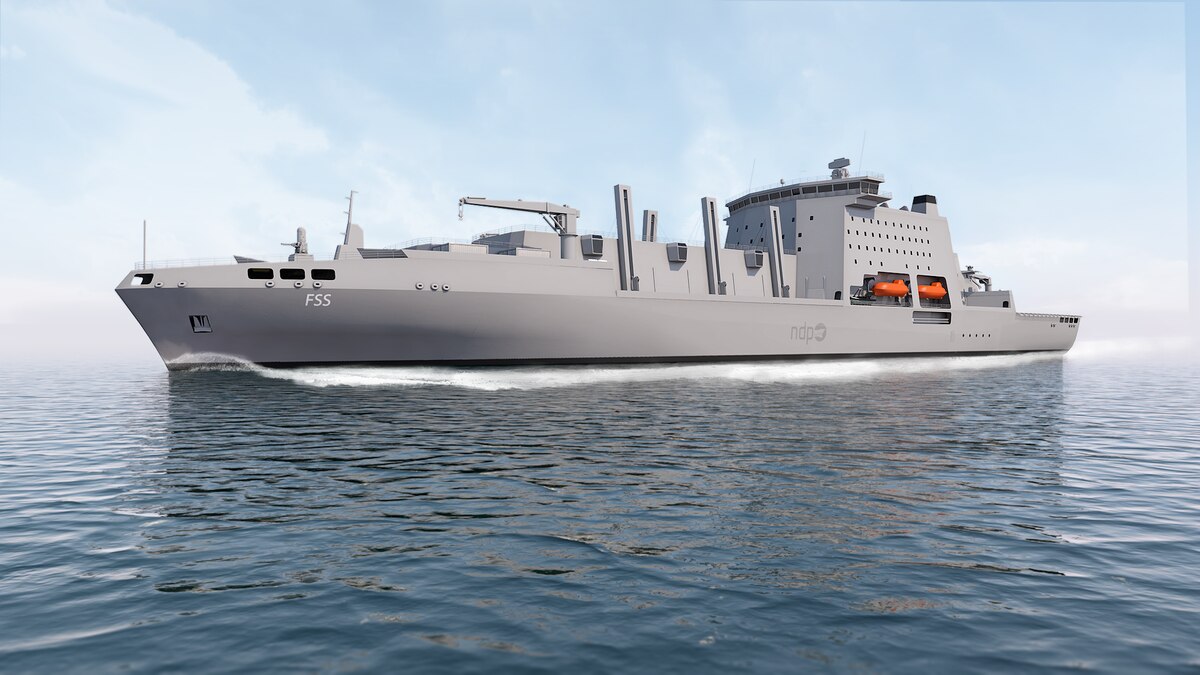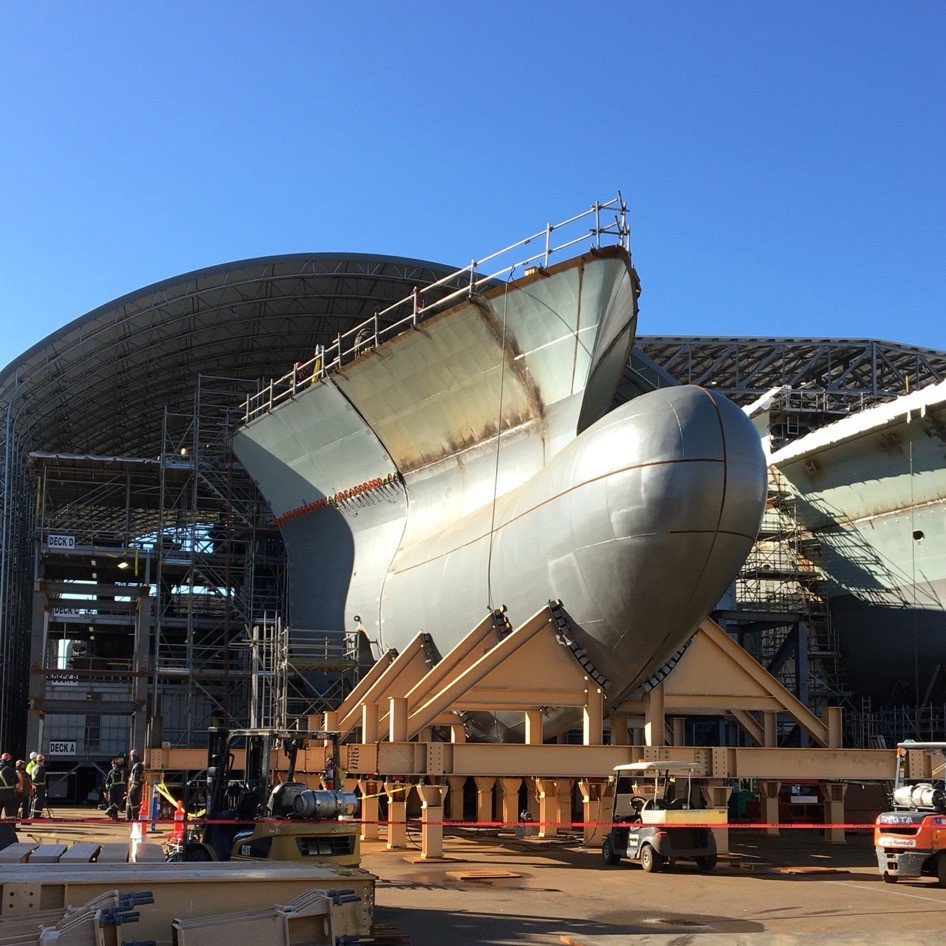FJAG
Army.ca Legend
- Reaction score
- 15,262
- Points
- 1,160
We'll simply have to agree to disagree on this issue.
I'll just leave one final thought here on air deployment.
General Shinseki of the US Army developed the Stryker brigade combat teams (SBCT - essentially similar to our CMBGs) back at the turn of the century because the air transportable infantry brigade combat teams (IBCTs) were too weak and vulnerable once deployed and the heavy armoured brigade combat teams (ABCTs) were too heavy to deploy rapidly. The SBCT was to be light enough to deploy by air and yet robust enough to hold their own once deployed.
The principle aim of the SBCT was to be able to deploy one from the continental United States to anywhere in the world using the US Air Force's transport resources within 96 hours. There was also a provision for the follow on forces. There were numerous studies conducted at the time, most notably a GAO one and a Rand one which clearly indicated that notwithstanding the use of all the US Air Force's vast transport capabilities, such an objective could simply not be achieved especially when one took into account the number of vehicles and personnel to be transported, the number of aircraft and crew available the transit and turnaround time involved in each sortie and the need to incorporate lift required to sustain the force.
I know that the rate of deployment is not an issue for the CAF which measures activities in months rather than days, however, the limited capacity of our 8 Wing's three CC-177, CC-130J and CC-150 squadrons to deploy and sustain any sized mechanized force severely limits our options. Both the RCAF and Navy continue to focus their attention on their principle weapons systems (fighter jets and surface combatants) rather than the tools needed to get the Army deployed and supported. Would we ever have gotten the CC-177 or the CC-130J if we hadn't been stressed out supporting our land operations in Afghanistan? How many decades did the AOR replacement cool it's heels until disaster finally forced it out of hibernation?
In the words of LGen (ret'd) Belzile:
:cheers:
I'll just leave one final thought here on air deployment.
General Shinseki of the US Army developed the Stryker brigade combat teams (SBCT - essentially similar to our CMBGs) back at the turn of the century because the air transportable infantry brigade combat teams (IBCTs) were too weak and vulnerable once deployed and the heavy armoured brigade combat teams (ABCTs) were too heavy to deploy rapidly. The SBCT was to be light enough to deploy by air and yet robust enough to hold their own once deployed.
The principle aim of the SBCT was to be able to deploy one from the continental United States to anywhere in the world using the US Air Force's transport resources within 96 hours. There was also a provision for the follow on forces. There were numerous studies conducted at the time, most notably a GAO one and a Rand one which clearly indicated that notwithstanding the use of all the US Air Force's vast transport capabilities, such an objective could simply not be achieved especially when one took into account the number of vehicles and personnel to be transported, the number of aircraft and crew available the transit and turnaround time involved in each sortie and the need to incorporate lift required to sustain the force.
I know that the rate of deployment is not an issue for the CAF which measures activities in months rather than days, however, the limited capacity of our 8 Wing's three CC-177, CC-130J and CC-150 squadrons to deploy and sustain any sized mechanized force severely limits our options. Both the RCAF and Navy continue to focus their attention on their principle weapons systems (fighter jets and surface combatants) rather than the tools needed to get the Army deployed and supported. Would we ever have gotten the CC-177 or the CC-130J if we hadn't been stressed out supporting our land operations in Afghanistan? How many decades did the AOR replacement cool it's heels until disaster finally forced it out of hibernation?
In the words of LGen (ret'd) Belzile:
... Another way of putting this is that no planning is being done for a major war. This is shortsighted in the extreme. A military that thinks in terms of turning itself into a great host in a crisis is very different from one that is small, thinks small, and plans for very little.The Canadian Forces needs a plan
:cheers:





